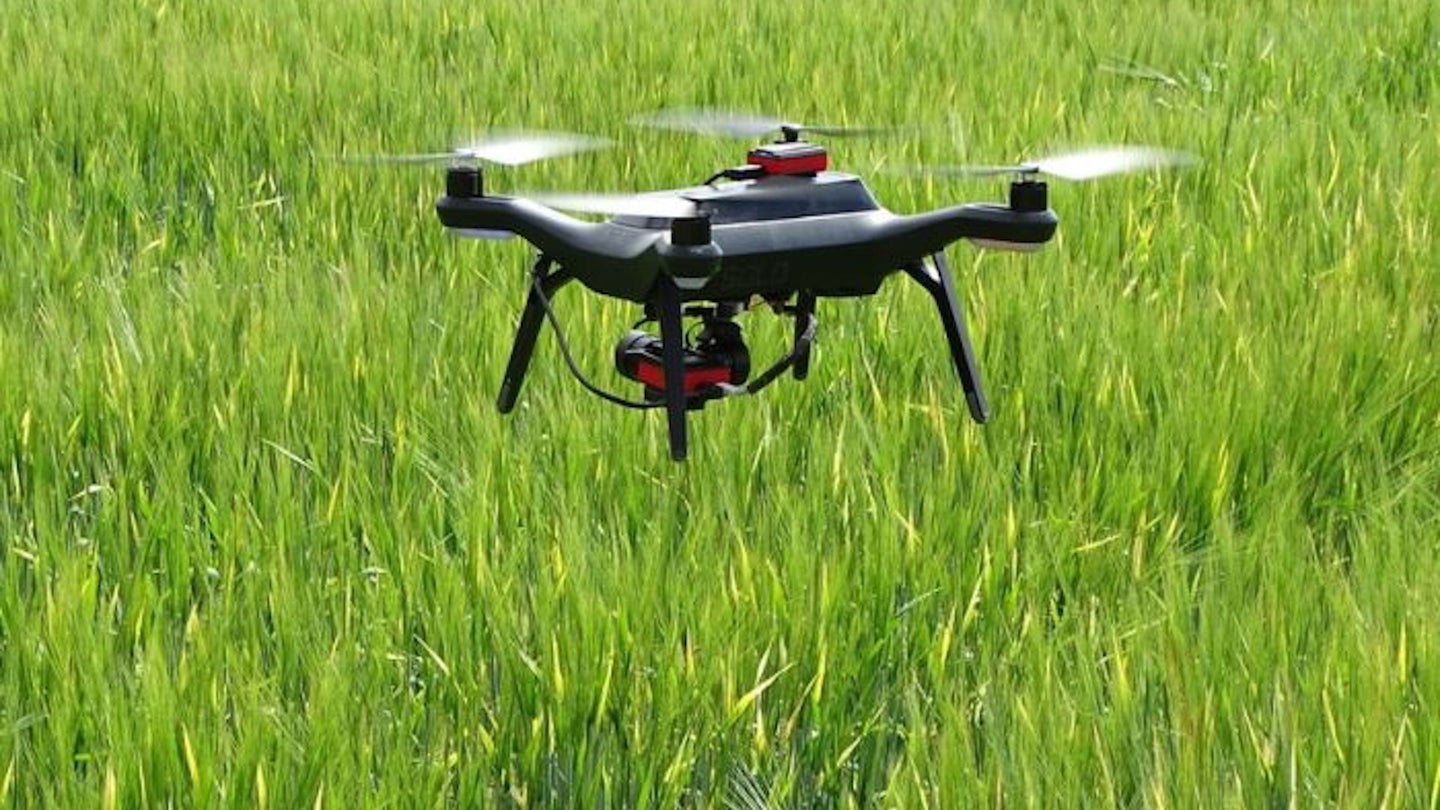World’s First Hands-Free Crop Planted, Grown, and Harvested in U.K. via Drone Tech
Autonomous tractors and drones have worked in tandem to plant, grow, and harvest the world’s first hands-free crops in the U.K. Auto-farming begins now.

In a world first, U.K. researchers have successfully grown barley crops autonomously using self-driving tractors and unmanned aerial vehicles. According to ABC, the goal of this research project was to ascertain if hands-free farming was possible at this juncture in the world of autonomous machinery. In order to ensure the project’s integrity, no one was allowed to enter the 1-hectare paddock, save for the autonomous vehicles. Ultimately, the venture was successful with crops autonomously seeded, sprayed, monitored, and harvested—deeming the “Hands-Free Hectare” project a success.
As a researcher on the project, Martin Abell considers its success a sign of things to come such as a general shift in the agricultural industry regarding technology, in addition to potentially attracting a new generation to farming. “We have been able to show the public that this is something that isn’t too far ahead in the future, and it could be happening now,” he said. “It has also allowed us to raise the perception of agriculture to the public, so they see it as a forward-thinking industry and something that might attract new people to the industry.”
Regarding the UAV implementation here, drones were exclusively used to monitor crops and retrieve samples which agronomists would analyze. “They were essentially our eyes, so we would assess the field using a multi-spectral camera and get imagery from the field showing us where it was strongest and weakest,” said Abell. “We would then send a little ground rover that would collect samples for us that we could conduct agronomy on. And this meant we aren’t walking out and on the crop as much, therefore protecting the crop a bit more.” The assortment of drone technology employed here also included using a drone’s autopilot for machinery on the ground, automating the tractors and chaser bins. “We only had a year to do this project so we had to pick something that didn’t require much development,” Abell explained.
Let’s take a look at the process in action.
Naturally, complex projects like Hands-Free Hectare aren’t without their bumps in the road toward eventual success. In this particular case, it took over a year of growing, monitoring, and harvesting barley crops before reasonably arguing for this autonomous alternative to be considered. It also required a few hundred thousand dollars in salaries and equipment, of course. “It was roughly $350,000 we had and that was also to hire three people’s time, as well as the equipment we had to buy,” said Abell. “I am sure if we can make it happen on that budget they can do it commercially with something that is user-friendly for farmers.”
Fortunately for those in the area, the barley harvested autonomously in the past year will be used for the most humanitarian purposes imaginable: brewing beer. “We are currently getting our barley malted to produce a hands-free beer and it is in the process at the moment,” explained Abell. “So hopefully in a couple of months, we will have a hands-free beer, which will be a nice finish to the project, to celebrate drinking some of that.” Here’s a toast to those advancing autonomous technologies for the agriculture industry.
